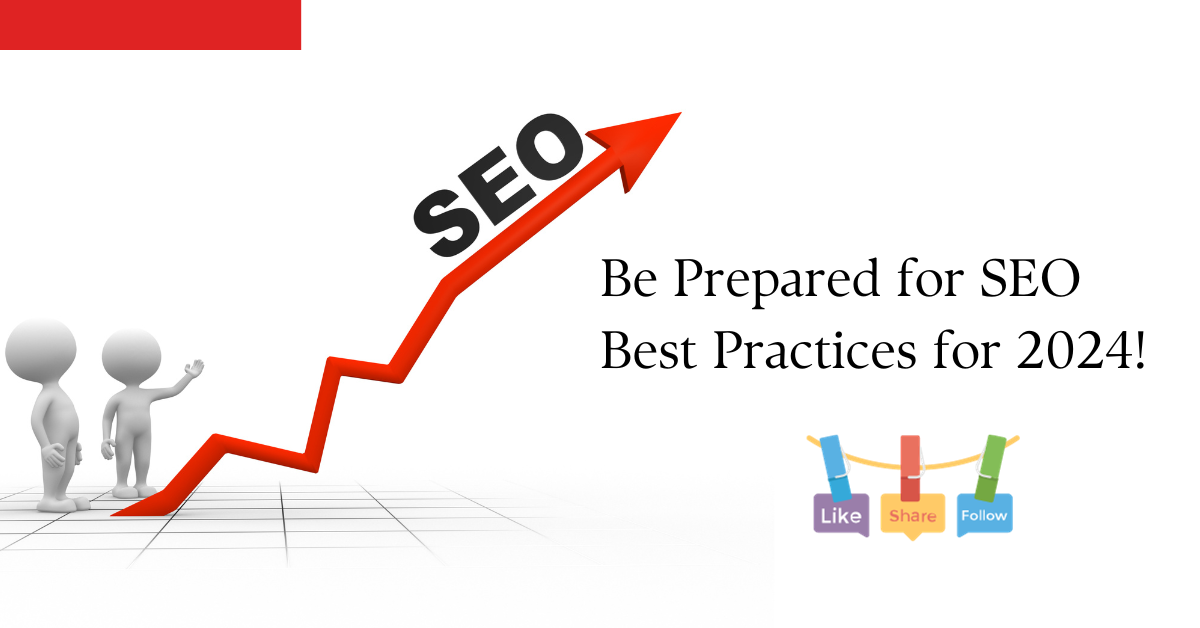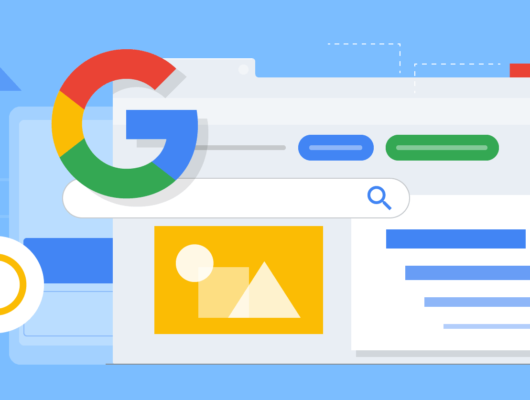On-page SEO refers to the process of optimizing individual web pages to rank higher in search engines and drive more relevant traffic.
Unlike off-page SEO, which focuses on backlinks and external signals, on-page SEO deals with elements you can control directly on your website.
This guide will walk you through the essential on-page SEO techniques you need to implement for success in 2024.
1. Optimize Title Tags
The title tag is one of the most important on-page SEO elements. It tells both users and search engines what your page is about.
- Best Practices:
- Include your primary keyword within the title.
- Keep it under 60 characters to avoid truncation in search results.
- Write compelling titles that encourage users to click.
Example:
Good: “Top 10 On-Page SEO Techniques for 2024”
Bad: “Learn About SEO Techniques”
Tip: Try to place your primary keyword toward the beginning of the title for better impact.
2. Write SEO-Friendly Meta Descriptions
The meta description is a short summary of your webpage that appears in search engine results. Although not a direct ranking factor, it influences click-through rates.
- Best Practices:
- Write meta descriptions that are 155–160 characters long.
- Include primary and secondary keywords naturally.
- Focus on writing a compelling description that entices the reader to click.
Example:
“Learn the latest on-page SEO techniques to boost your rankings in 2024. From optimizing title tags to improving user experience, we’ve got you covered.”
3. Use Header Tags to Structure Content
Header tags (H1, H2, H3, etc.) help structure your content, making it easier for users and search engines to understand. They improve readability and create a logical flow.
- Best Practices:
- Use a single H1 tag for the main title of your page.
- Use H2 tags for major sections and H3 tags for subsections.
- Include relevant keywords in your headers where appropriate.
Example:
<H1> On-Page SEO Techniques for 2024 </H1>
<H2> 1. Optimize Title Tags </H2>
<H3> Best Practices for Title Tags </H3>
Tip: Ensure that the hierarchy of header tags reflects the structure of your content.
4. Optimize URL Structure
A clean, concise URL structure not only helps search engines understand your page content but also enhances the user experience.
- Best Practices:
- Use short, descriptive URLs that include your primary keyword.
- Avoid unnecessary words or numbers (e.g., “123”, “index”).
- Use hyphens to separate words for readability.
Example:
Good: www.example.com/on-page-seo-techniques
Bad: www.example.com/2024/08/article-123456
5. Improve Content Quality and Length
Content is king when it comes to on-page SEO. High-quality content that satisfies user intent and provides real value will perform better in search rankings.
- Best Practices:
- Focus on creating in-depth, original content that answers user queries.
- Aim for at least 1,000 words per article, but more detailed topics may require 1,500+ words.
- Include your primary and secondary keywords naturally throughout the text.
Tip: Always write for humans first and search engines second. Avoid keyword stuffing.
6. Include Internal Linking
Internal linking helps users navigate your site and distributes link equity across your pages, improving your overall SEO.
- Best Practices:
- Link to other relevant articles or pages on your website.
- Use descriptive anchor text that includes relevant keywords.
- Ensure that your internal links are useful to the user and relevant to the content.
Example:
Instead of writing: Click here to read more,
Write: Learn more about our on-page SEO strategies.
7. Optimize Images with Alt Text
Images enhance user engagement, but they also need to be optimized for search engines. This is where alt text comes in.
- Best Practices:
- Use descriptive, keyword-rich alt text for each image.
- Ensure that the alt text accurately describes the image content.
- Keep the alt text concise (100 characters or fewer).
Example:
Good: alt="on-page SEO techniques infographic"
Bad: alt="image1"
8. Boost Page Load Speed
Page speed is a crucial ranking factor, especially after Google’s Core Web Vitals update. A faster website not only ranks better but also enhances user experience.
- Best Practices:
- Compress images to reduce their size without losing quality.
- Minimize CSS, JavaScript, and HTML files.
- Use browser caching to reduce server response times.
Tool Recommendation: Use Google PageSpeed Insights to test and improve your website’s speed.
9. Ensure Mobile-Friendliness
With Google’s mobile-first indexing, it’s more important than ever to optimize your website for mobile devices.
- Best Practices:
- Use responsive design to ensure your site works on all devices.
- Optimize content layout for small screens.
- Make sure buttons and links are easy to tap on mobile.
Tool Recommendation: Use Google’s Mobile-Friendly Test to check if your website is optimized for mobile users.
10. Improve User Engagement with Multimedia
Engaging content goes beyond text. Multimedia elements like images, videos, and infographics can boost user engagement, time on page, and ultimately, your rankings.
- Best Practices:
- Embed videos, infographics, or audio files relevant to your content.
- Ensure that multimedia elements load quickly and don’t slow down your page.
- Optimize video descriptions and file names with relevant keywords.
Tip: Don’t overload your page with media; balance it with text for a smooth user experience.
11. Optimize for Featured Snippets
Featured snippets (also known as position zero) can drive a significant amount of traffic to your site. Optimizing for snippets involves providing clear, concise answers to common queries.
- Best Practices:
- Answer common questions in your content in a clear and concise manner.
- Use lists, bullet points, and tables where appropriate.
- Add FAQ sections to cover a range of questions.
Example:
Question: What is on-page SEO?
Snippet: On-page SEO involves optimizing individual web pages to rank higher and earn more traffic in search engines. It focuses on elements like title tags, content quality, and URL structure.
Conclusion
On-page SEO is an essential component of any successful SEO strategy. By optimizing elements such as title tags, content, URLs, and images, you can significantly improve your website’s search engine ranking and overall user experience.
As SEO trends evolve, regularly reviewing and updating your on-page SEO techniques will help you stay ahead of the competition in 2024.






